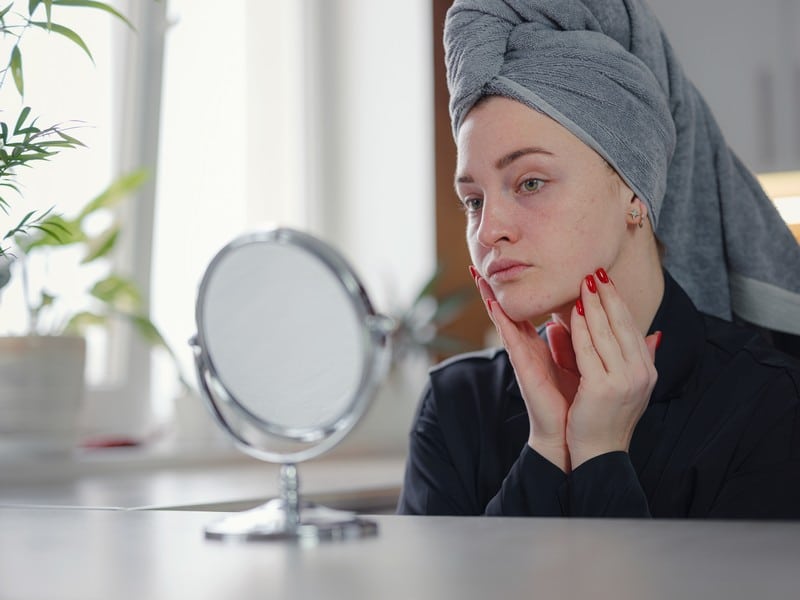Chlorophyll is a pigment found in plants known to give them a green color. This pigment is also necessary for photosynthesis, the process by which plants utilize solar energy to produce nutrients. Green vegetables along with other foods that come from plants, such as algae contain chlorophyll. A vegetable with higher chlorophyll level typically has a greener appearance.
Chlorophyll supplements are called chlorophyllin, which is known to have more copper than magnesium. When chlorophyllin doses are ingested, copper in the plasma indicates that the substance has been absorbed.
Chlorophyll that is utilized as drops is not pure chlorophyll. Chlorophyllin is a partly synthetic mix of sodium copper salts derived from chlorophyll. It is a green liquid supplement commonly dripped into beverages. But aside from drops, chlorophyllin pills and topical applications are also available for purchase and use.
Chlorophyll can be obtained from plants or supplements, though supplements might be more efficient. This is because it’s possible that chlorophyll won’t endure digestion long enough to be absorbed. Read on about chlorophyll benefits and find out if the substance is as remarkable for humans as it is for flora.
Acne Treatment

One potential use for topical chlorophyll is to treat acne. According to one study, a chlorophyllin gel reduced face acne and large, apparent pores. It is proven when all ten trial participants had mild to moderate acne and utilized the chlorophyllin gel for three weeks.
In a different study, acne was treated with phototherapy and topical chlorophyll. Compared to those who did not, individuals who received the combo had less severe acne, fewer acne lesions, and less greasy skin. The results might not apply to everyone, as the 24 volunteers were all of Asian heritage and had darker skin tones.
Chlorophyll has anti-inflammatory and antibacterial properties when administered topically. Although chlorophyll functions independently in these ways, it had never been evaluated explicitly as an acne treatment.
It has also been demonstrated that chlorophyll is effective with photodynamic treatment, or blue and red light. Researchers discovered that compared to using light treatment alone, adding light on top of a chlorophyll-lipoid combination dramatically reduced acne lesions and sebum levels.










